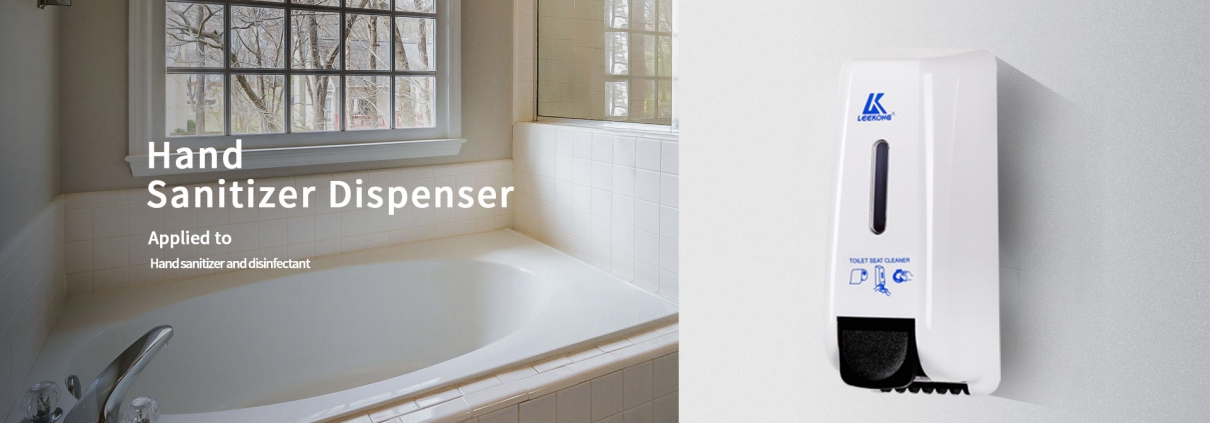Firstly, we need to point out a problem. The problem is that: Eduction of health-care-associated infections in low- and middle-income countries is hampered by inadequate supplies of soap and water and the lack or high cost of alcohol-based handrubs.
In 2005, the World Health Organization (WHO) developed and tested two formulations for ABHs that were suitable for production in health-care facilities. In 2011, the feasibility, advantages and costs of the local production of the two formulations – and the barriers to such production – were evaluated in an online survey.
The WHO formulations were produced only by pharmacists in 18 of the survey sites, jointly by pharmacists and technicians in six of the sites, only by technicians in four of the sites and by “other professionals” in the remaining 11 sites. Sixteen of the survey sites had initial difficulty in identifying staff who had adequate skills for the local production of the WHO formulations, and the respondents representing 29 of the sites reported that staff had had to be trained in the production of such formulations.
Respondents representing 24 of the survey sites reported information on the equipment that had been required for the local production of one of the WHO-recommended ABHs. Of the 24 sites, 11 had purchased equipment specifically for the production of ABHs; 10 of the sites – six in Cambodia and one each in Kenya, Mali, Saudi Arabia and Senegal – had had the necessary equipment donated; and three of the sites – in Malawi, Mongolia and the Philippines – already had adequate equipment.
Information on the source of handrub dispensers was available for 36 of the survey sites. Dispensers were only sourced locally by 20 sites, only imported by nine sites and both sourced locally and imported by three sites. The necessary dispensers were donated to three of the survey sites in Cambodia, while one survey site in Mongolia reused shampoo and soap bottles. Just over half of all respondents reported problems with the procurement of dispensers that were both affordable and of adequate quality In Kenya, ABH dispensers had often been stolen until they were wall-mounted and made too large to be easily portable. Of the 39 survey sites included in the final analysis, 26– in Belgium, Brazil, Ethiopia, Indonesia, Jordan, Kenya, Malawi, Mali, Mongolia, Nigeria, Oman, the Philippines, Saudi Arabia, Senegal, Sudan, Thailand and Uganda – reused dispenser bottles and 27 reused the caps. One site in Nigeria bought dispensers in bulk, to reduce costs. Three sites reported that reused dispensers often developed problems as the result of pump or cap damage. Of the 24 health-care facilities that reused dispensers, 11 simply washed the empty dispensers; one thermally disinfected dispensers by submerging them in boiling water before air drying them and storing them with their caps tightly fitted; three only subjected them to chemical disinfection and the rest used various combinations of these three procedures.
Quality control
The ABHs produced by 33 of the survey sites were subjected to quality control. Quality was assessed at the survey site, elsewhere in the same country, in both the survey site and elsewhere in the same country or only in another country. The only type of quality control followed at 17 sites was the evaluation of alcohol concentration – using an alcoholmeter. Four sites only used filtration – to check for microbial contamination5 – and two only used gas chromatography. Various combinations of alcoholmetry, gas chromatography, filtration and H2O2 titrimetry were used in another seven sites. Lack of equipment at the survey sites hampered attempts at quality control in Cambodia, Ethiopia, the Islamic Republic of Iran and Pakistan. However, in Pakistan this barrier was overcome by sending samples of ABHs abroad for testing. Donation of testing equipment to five of the survey sites in Cambodia enabled the quality of the ABHs produced at these sites to be checked at the same sites.
Acceptability and promotion
Data on the acceptability of the WHO formulations were available for 38 of the survey sites. Of these 38 sites, 31 reported that their ABH was well tolerated by their health-care workers. Workers at the other seven sites complained about one or more of the following: the smell or the stickiness of the handrub and skin damage or soreness resulting from its use. Acceptability studies were performed in 20 of the survey sites – mostly by following the relevant WHO protocol.
ABH distribution was accompanied by training sessions in 31 of the health-care facilities included in the final data analysis. Use of the handrubs was promoted using WHO posters and locally produced educational materials. A multimodal approach to the improvement of hand hygiene among health-care workers – including the promotion of ABH – was reportedly being implemented in 30 of the 34 health-care facilities included in the final data analysis. One of the private companies included in the survey also offered training in hand hygiene and locally-produced posters on the same topic.
Costs
Reliable information on the costs of the ingredients in the ABH and the salary costs of producing the handrub was available for 16 of the survey sites. Thirteen of these sites used ethanol-based handrubs; the remainder used the isopropanol-based formulation. The mean costs per 100 ml of the ethanol- and isopropanol-based formulations – including salaries but excluding the costs of dispensers – were 1.4 and 0.8 United States dollars, respectively.
Additional data on dispenser costs were available from only nine sites. Seven of these sites used ethanol-based handrubs, while the remainder used the isopropanol-based formulation. At these nine sites, the mean total costs of the ethanol- and isopropanol-based formulations – including salaries and dispensers – were US$ 2.2 and US$ 1.6per 100 ml, respectively.
Our survey provided valuable insight on field experience in the local production of WHO-recommended ABH formulations globally and – particularly – in low- and middle-income countries. Local production of these handrubs has been rolled out over a wide range of geographical and economic settings by both health-care facilities and private companies. Ease of production combined with affordable cost and good product acceptability and tolerability appear to be the main advantages of the WHO formulations – despite the frequent, initial challenge of identifying staff with the skills required to produce them. More than half of our survey sites reported that they had switched from a commercially marketed ABH to an ABH that they had produced themselves –in accordance with one of the WHO-recommended formulations.



